Italy
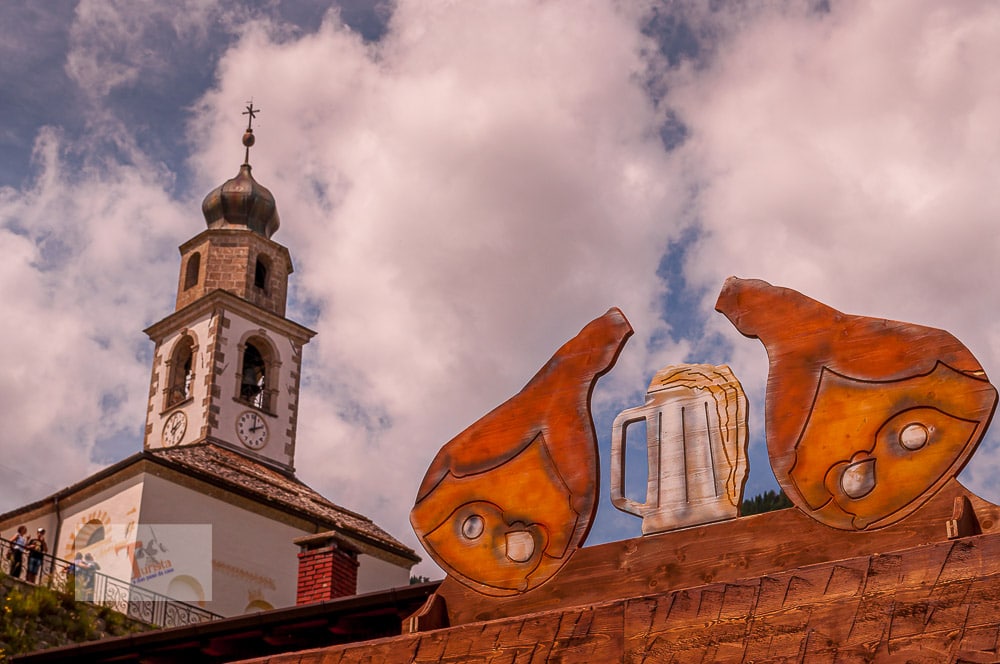
Europe Italy
Sauris, the alloglot island
Sauris is an alloglot island in Friuli Venezia Giulia, also known for its typical PGI ham Sauris is an interesting ...
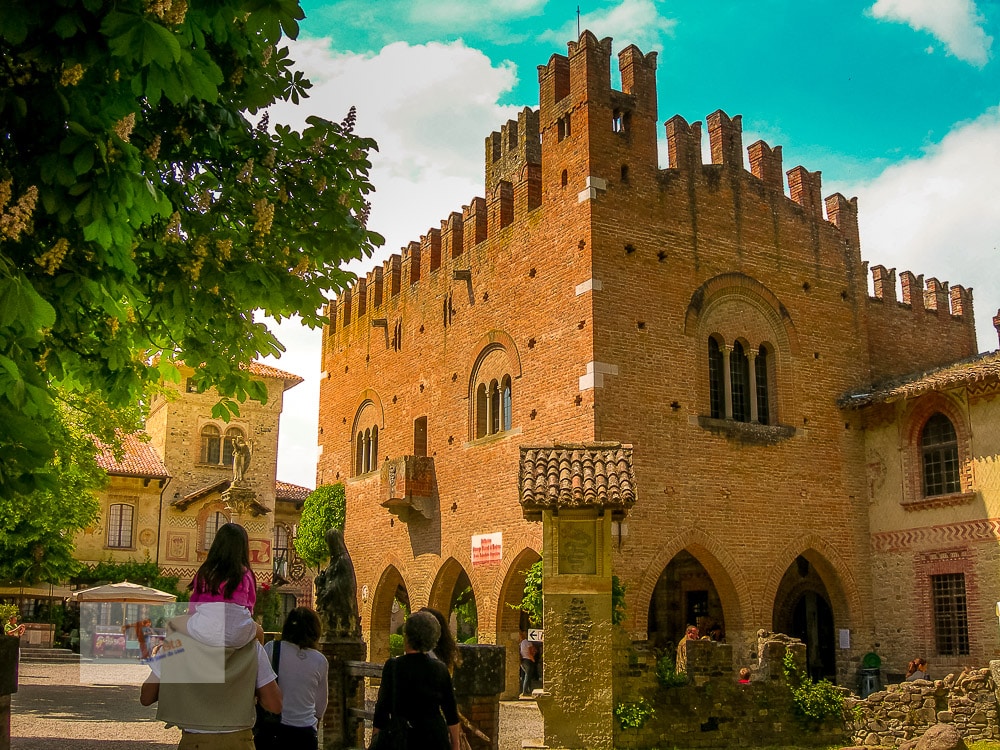
Europe Italy
Aloisa the ghost of Grazzano Visconti, in the fake medieval village
A fake medieval village, Grazzano Visconti, hides a ghost: that of Aloisa. Could it be true? For those on the ...
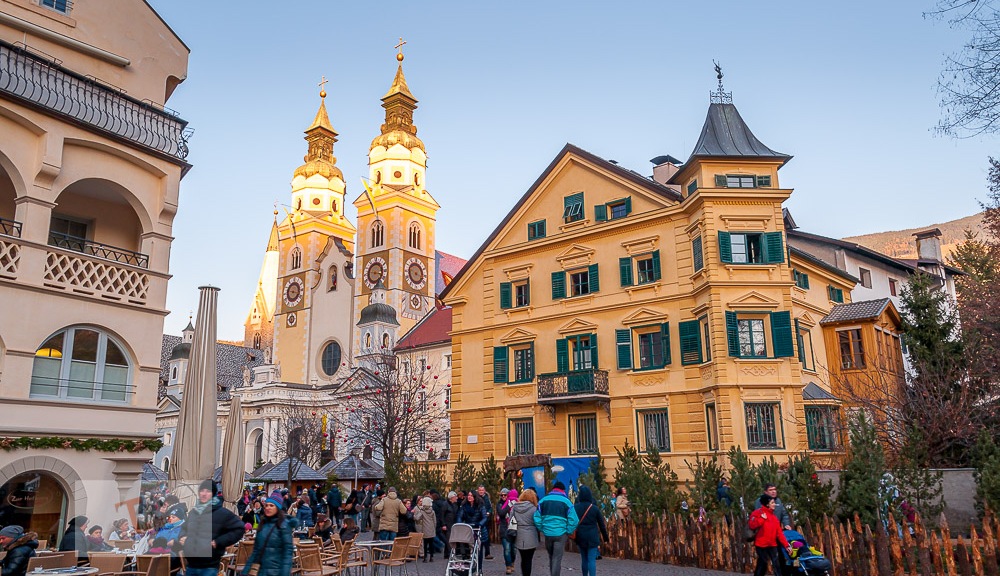
Europe Italy
Soliman, an elephant in Bressanone
Soliman is the elephant symbol of Bressanone, a city with more than a thousand years of history A true story ...
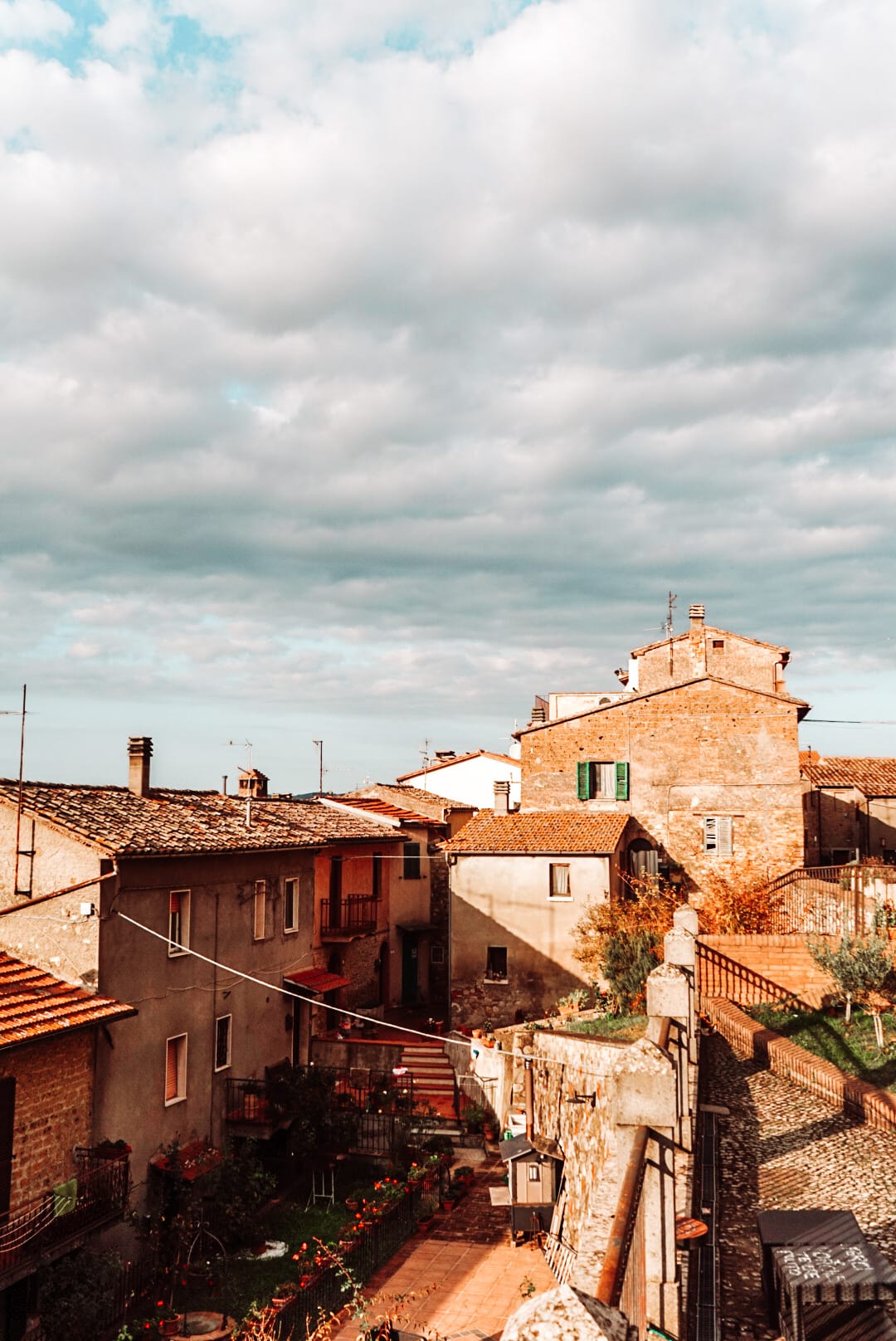
Europe Italy
Things to do in Fabro
Fabro, in the Terni province, is a popular tourist destination known not only for its proximity to Orvieto and other ...
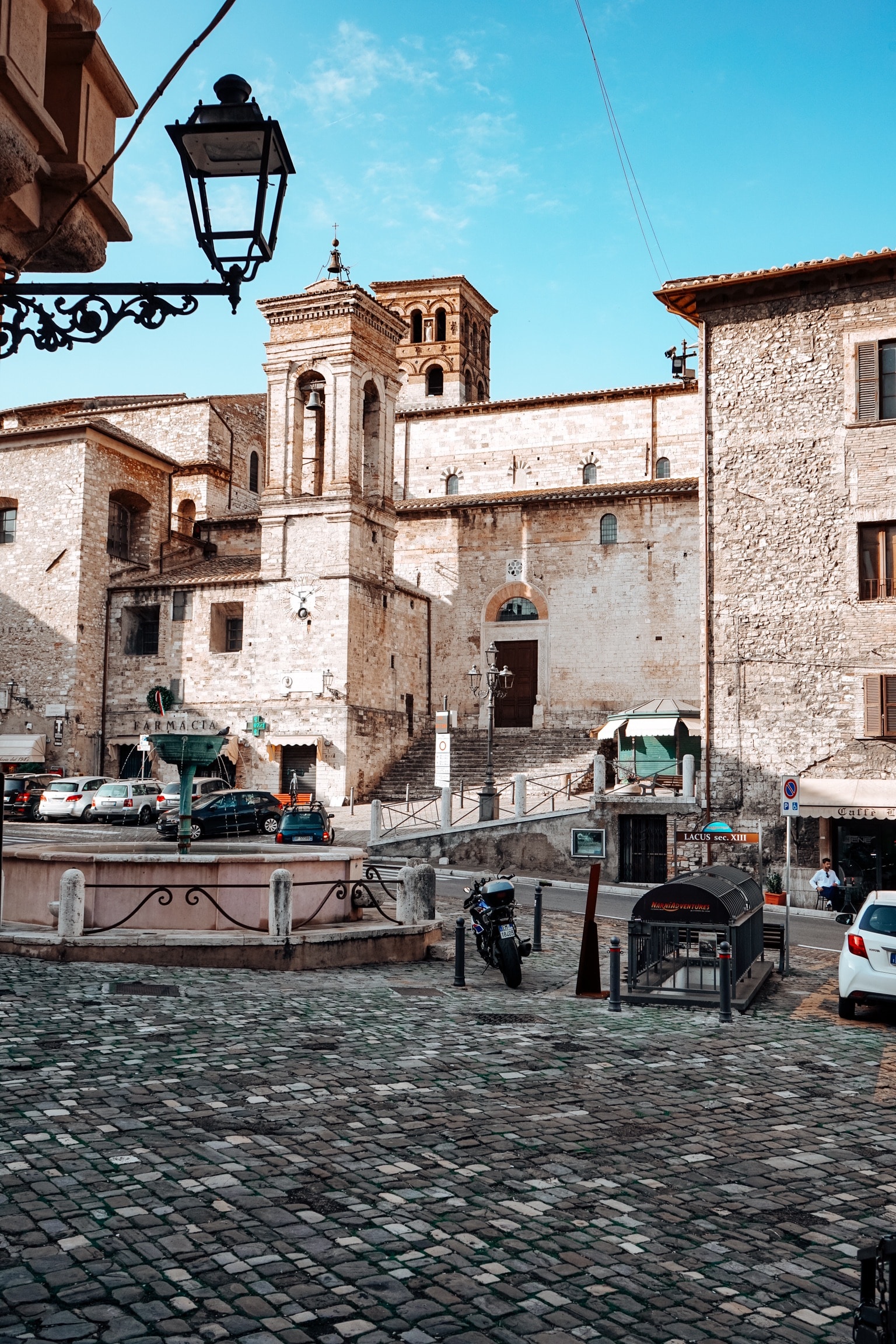
Europe Italy
Things to do in Narni
“The Lion, the Witch and the Wardrobe”…and the dungeon. Welcome to Narnia! I’m not going to tell you any fairy ...
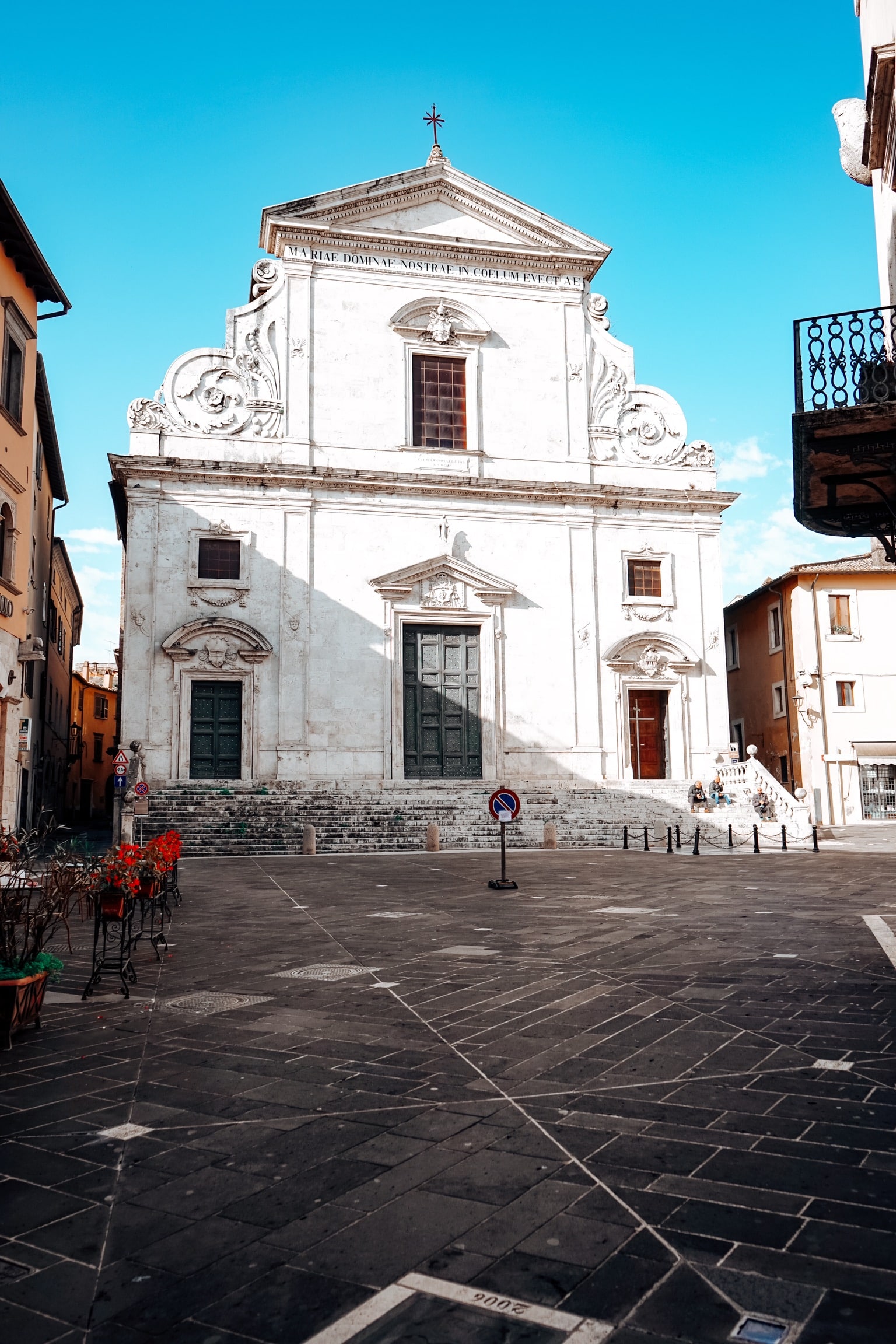
Europe Italy
Things to do in Orte
Orte is the ideal location for a day journey out of town, starting in Rome, and spending a tranquil and ...

Europe Italy
Things to do in Ghizzano
You may have never heard of Ghizzano, a hamlet in the municipality of Peccioli in Valdera, yet it has become ...
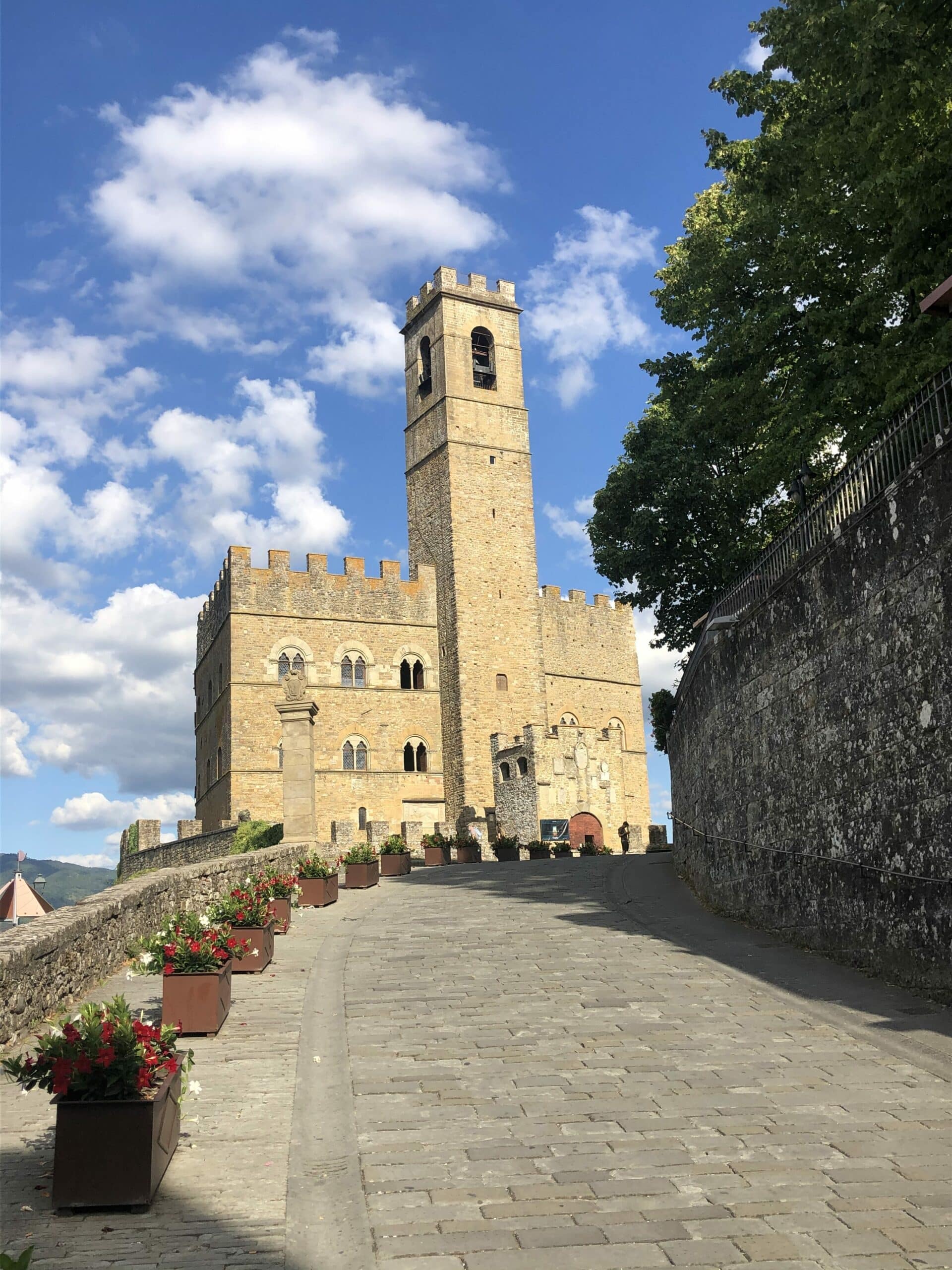
Europe Italy
Best Tuscan castles to visit
Ancient buildings that mix history and art. From the historic center of Florence to the hills of the Tuscan countryside, ...

Europe Italy
Maria Dolens plays in Rovereto
A bell that remembers the fallen of all wars. Every day in Rovereto you can hear the sound of Maria ...
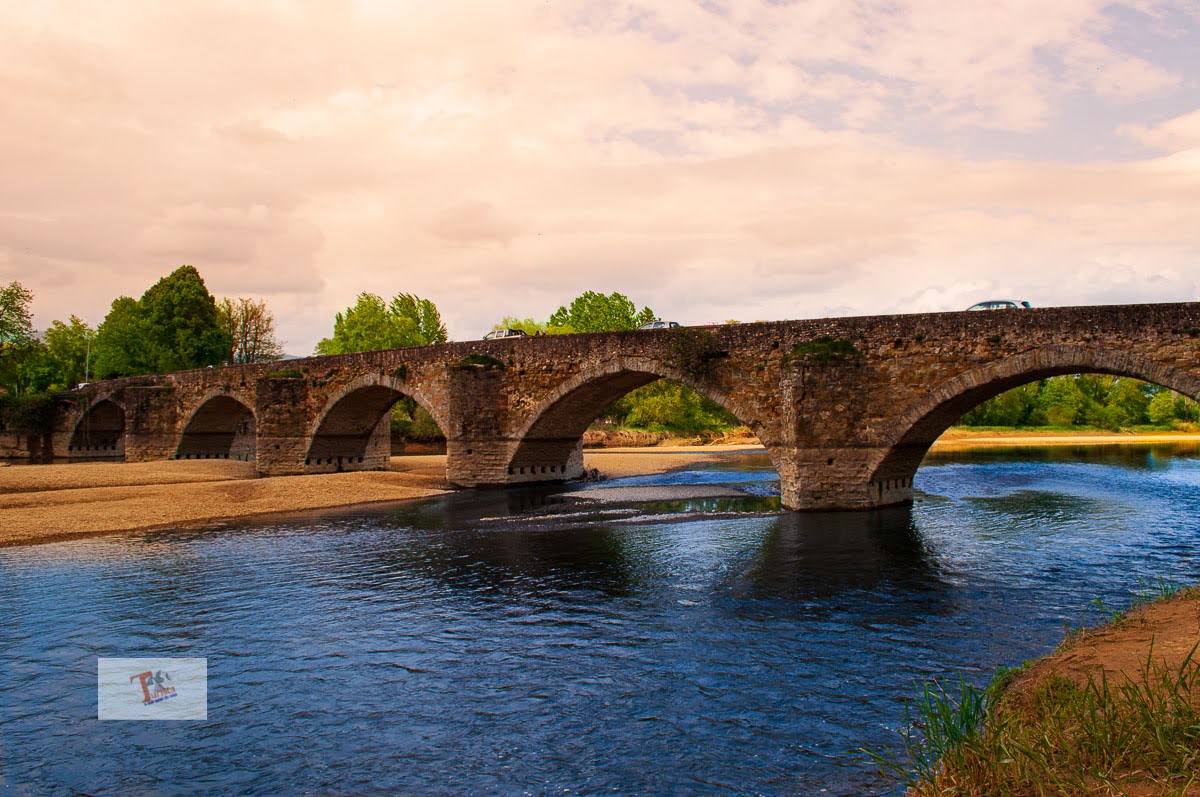
Europe Italy
The Buriano bridge, a “Giocondo” bridge
The bridge of Buriano, near Arezzo, is it he who appears behind the painting of the Mona Lisa? A tiny ...
